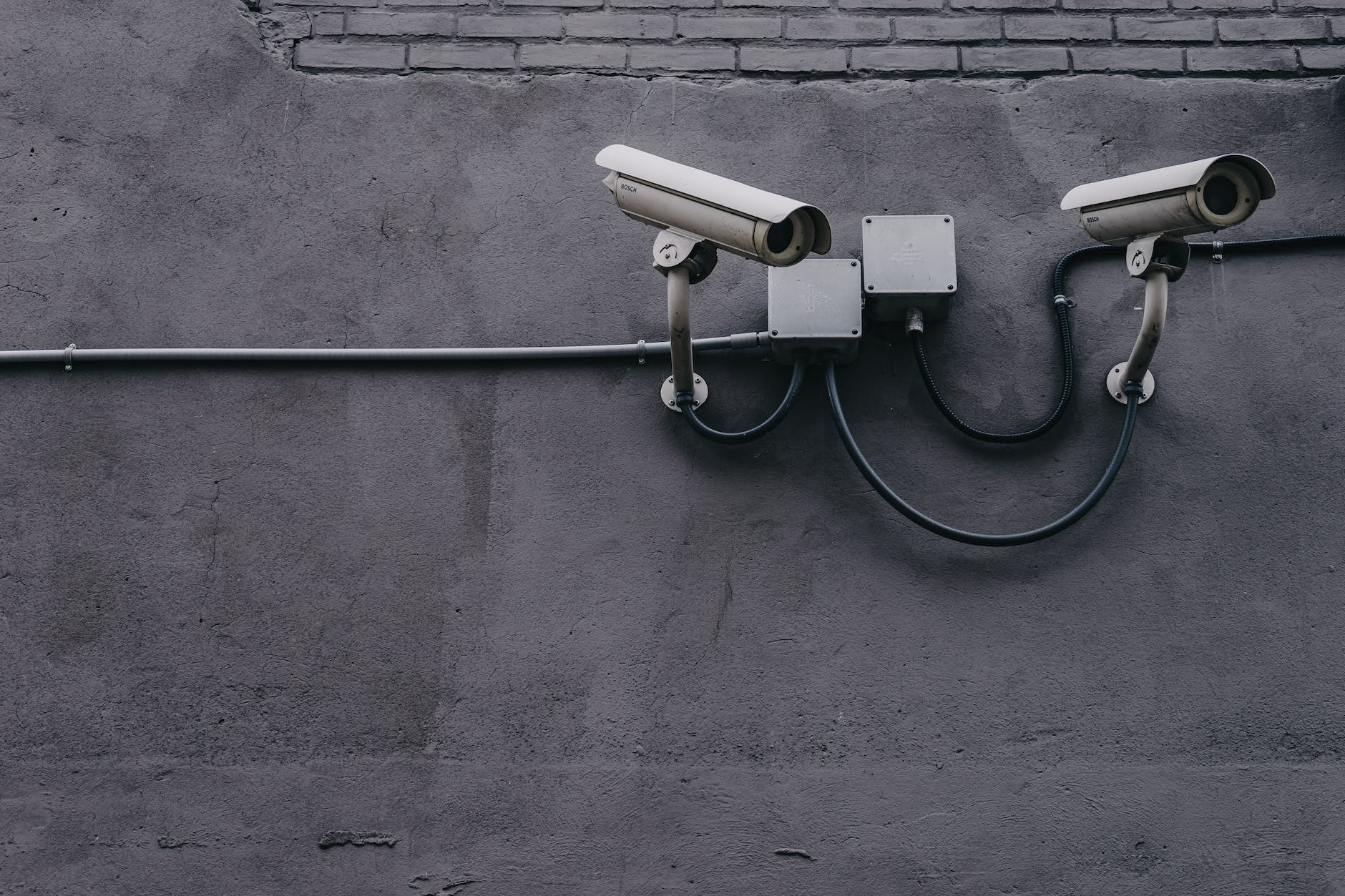
Security Cameras
Keeping your company’s property secure is of the utmost importance in today’s dynamic business climate. An organization’s assets, personnel, and customers can all be better protected and potential threats mitigated with the installation of security cameras.
However, planning and consideration are required for optimal functionality and effectiveness when installing security cameras. A comprehensive checklist for installing business security cameras and fortifying your facility against potential security risks is provided in this article.
1. Conduct a Security Assessment
Complete a thorough security assessment of the building before installing cameras. Locate potential weak spots, busy thoroughfares, and key entry and exit points. The number and placement of cameras needed will be determined by the specifics of your security needs.
2. Select the Right Camera Types
Pick out surveillance equipment that will provide the level of safety you require. Dome cameras, bullet cameras, Pan-Tilt-Zoom (PTZ) cameras, and many others are just some of the options. Various types of cameras exist, each with its own set of advantages and uses; choose those that best serve your surveillance needs such as the Miami security camera Installation.
3. Find the Best Spots for Your Cameras
Place cameras in critical locations to cover the most ground and avoid any blind spots. Cameras should be strategically placed to monitor entryways, cash registers, and storage areas. Outdoor spaces and parking lots, in particular, could benefit from the addition of surveillance cameras.
4. Ensure Proper Lighting
Clear and compelling videography relies on good lighting. Place security cameras in visible areas, and think about getting models with infrared (IR) or night vision for use in low-light settings.
5. Comply with Legal Regulations
Check all applicable local, state, and federal laws on surveillance and privacy before installing security cameras. Put up the proper signage to let customers and workers know that your establishment makes use of video surveillance.
6. Invest in High-Quality Cameras
Choose state-of-the-art security cameras with functions like remote viewing, HD recording, and wide dynamic range (WDR). Investing in dependable cameras improves image quality and lessens the likelihood of malfunctioning.
7. Secure Camera Mounting
Mounting security cameras correctly deters vandalism and tampering. To prevent unauthorized adjustments, mount cameras securely and out of reach.CCTV installation near me is the best expert mounting cameras properly.
8. Implement Video Storage Solutions
Choose a reliable method of archiving video to keep the surveillance footage. Digital video recorders (DVRs) and network video recorders (NVRs) installed locally, as well as cloud-based storage solutions for off-site access and redundancy, are all viable options.
9. Consider Remote Monitoring
Consider the option of remote monitoring, which would let you watch feeds and past recordings from any place with an internet connection. Improved situational awareness and faster reaction times are both benefits of remote monitoring.
10. Install Surveillance Signage
Use large, eye-catching signs to alert people to the presence of surveillance cameras. The presence of these signs may discourage criminal behavior.
Conclusion
Protecting your company’s assets, employees, and customers requires installing security cameras. An organized and efficient installation of security cameras is guaranteed if the necessary steps are taken. Carefully consider your requirements for surveillance, select the appropriate camera types, and place them in strategic locations. Maintain legal compliance, purchase top-notch cameras, and set up reliable methods of archiving footage. With a reliable security camera system in place, you can stop worrying about the well-being of your company and concentrate on expanding your enterprise.






